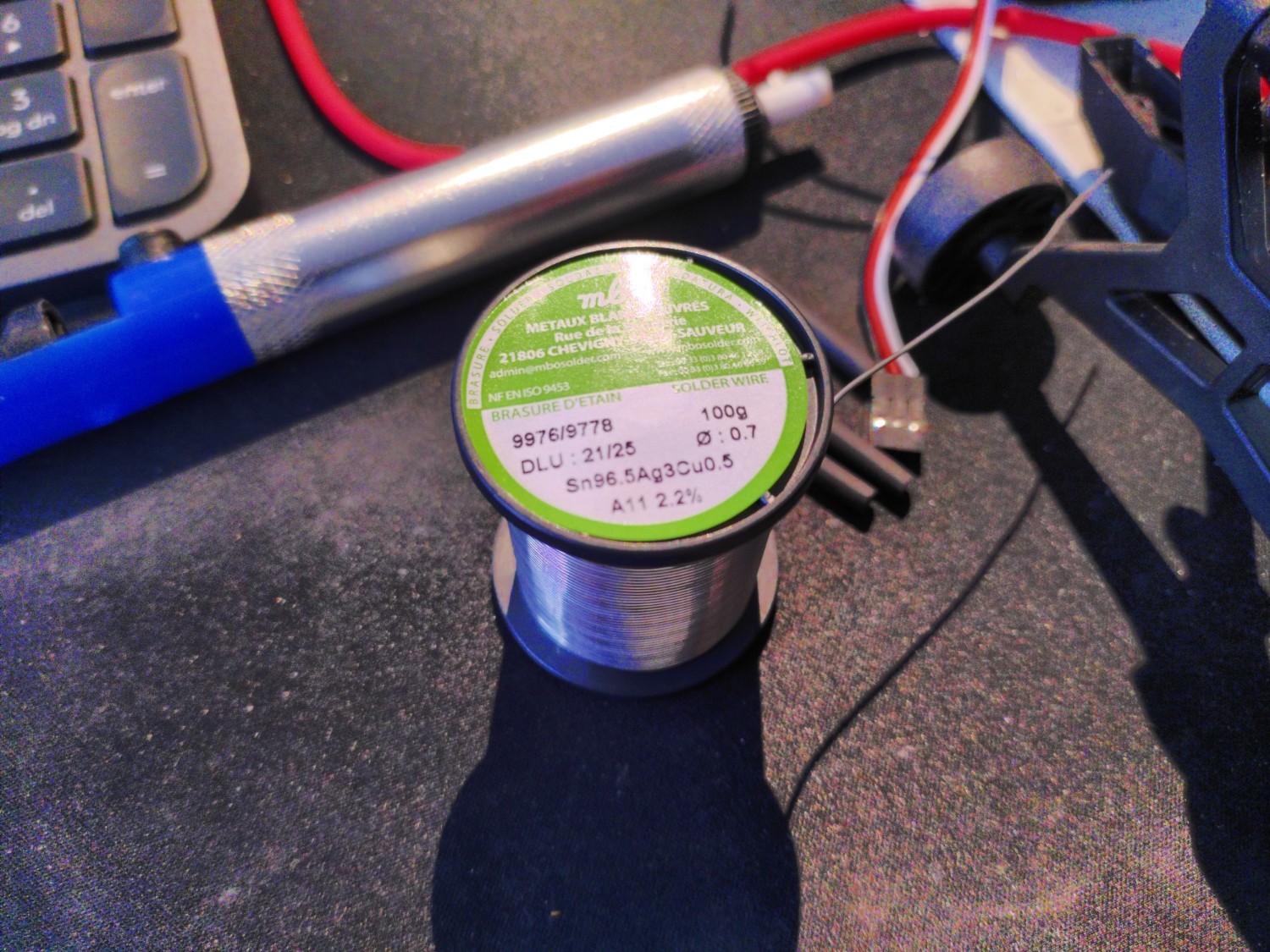this post was submitted on 25 Dec 2023
65 points (100.0% liked)
Ask Electronics
3325 readers
1 users here now
For questions about component-level electronic circuits, tools and equipment.
Rules
1: Be nice.
2: Be on-topic (eg: Electronic, not electrical).
3: No commercial stuff, buying, selling or valuations.
4: Be safe.
founded 1 year ago
MODERATORS
you are viewing a single comment's thread
view the rest of the comments
view the rest of the comments

While 60/40 is a joy to work with, I gave SAC305 a shot and it's been totally fine for my uses with hobby electronic projects. You need to run your soldering iron hotter so it'll be rougher on your iron's tips, but I haven't noticed much difference in ware, etc.
As a hobbyist, contributing to junk with lead in the world is something that's been bugging me for some time. Additionally, it feels silly but there's also a certain relief in not having to worry as much about contamination between my workbench and the rest of my environment.
If you haven't already I'd also suggest getting some good flux. The Amtech NC-559-ASM has been working great for me.
That makes sense! In my case I actually needed to turn down my iron temps for the lead-free solder, previously had it ridiculously high from when I was trying to work with the cheap no-name solder.
This new lead free stuff is great, it comes with a price tag but it's eons better than the no-name stuff IMO.
I have flux (syringe type) but I have no idea if I'm using it correctly, or if it's just not that great. Haven't noticed too much of a difference when soldering with it, apart from needing to brush off the circuit board with some contact cleaner to remove the residue
What temperature are you using?
350°C, although I occasionally turn it down to 325 when I don't need the extra heat.
When I was using my older, cheaper solder, I had the iron maxed out at 420 and that wouldn't melt or flow easily